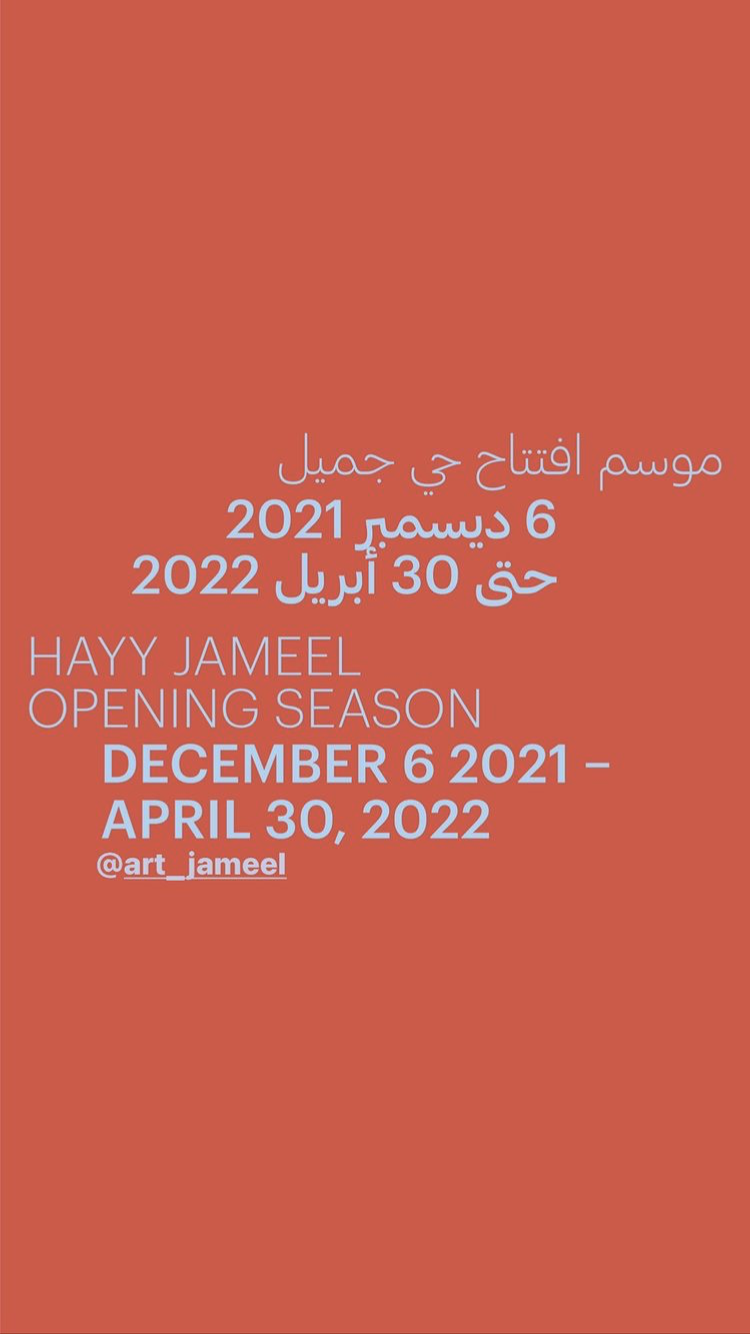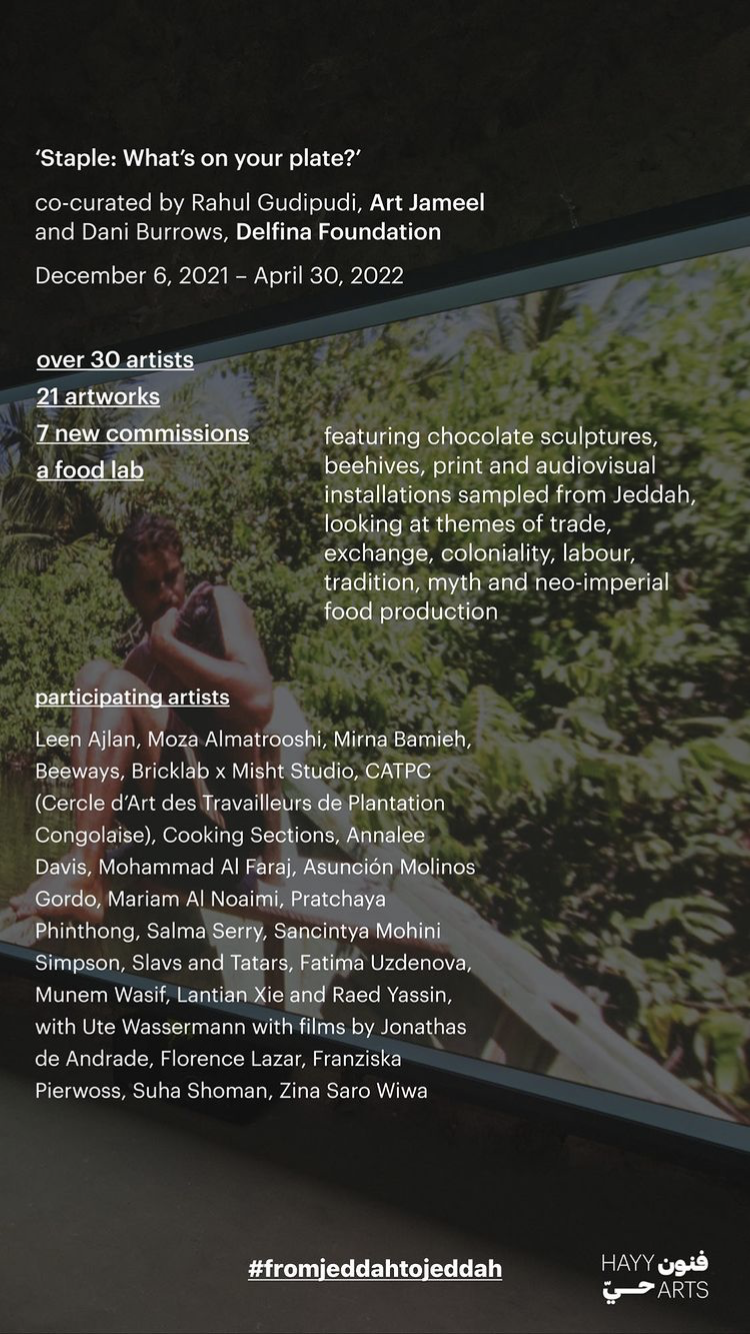Staple: What’s On Your Plate?
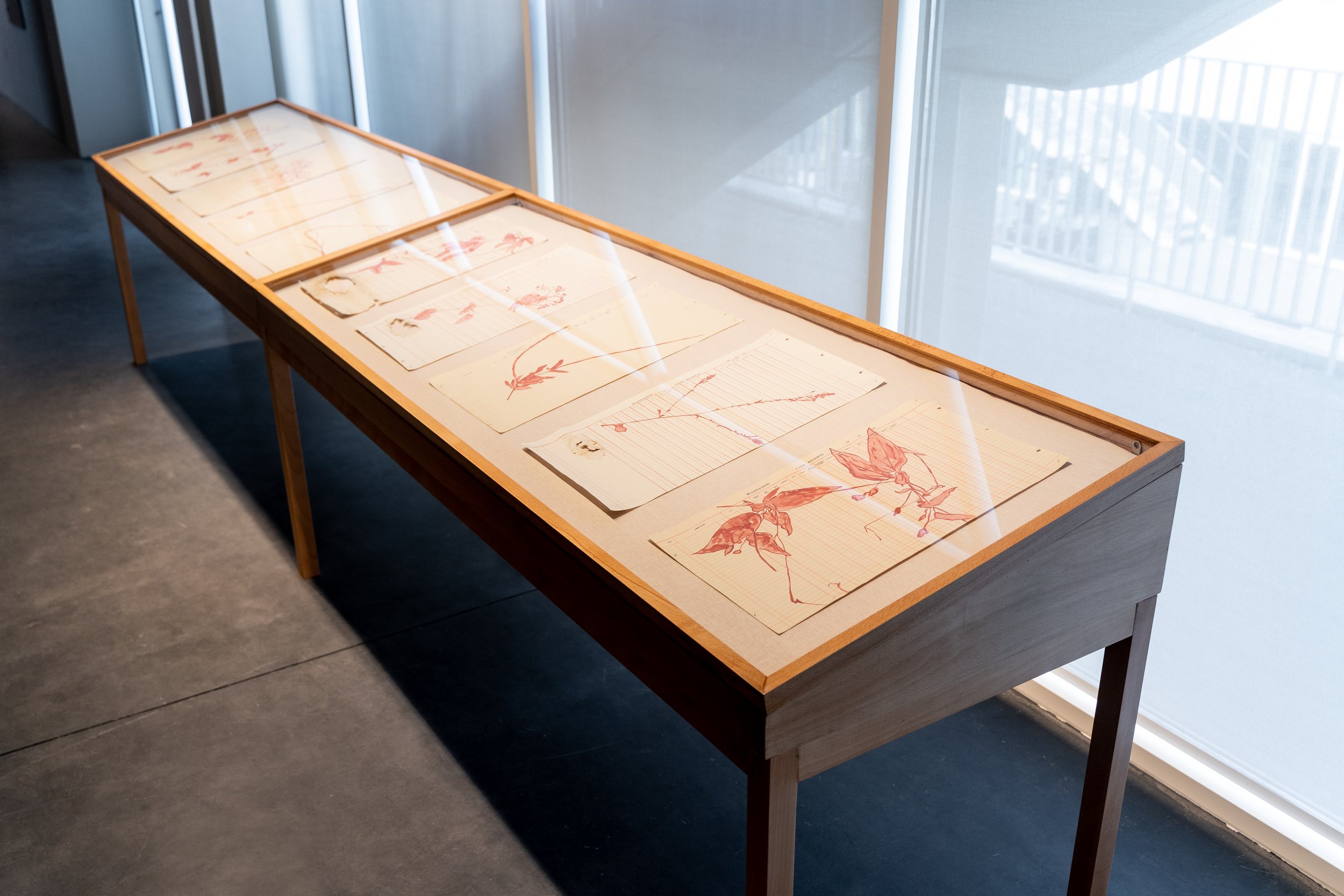
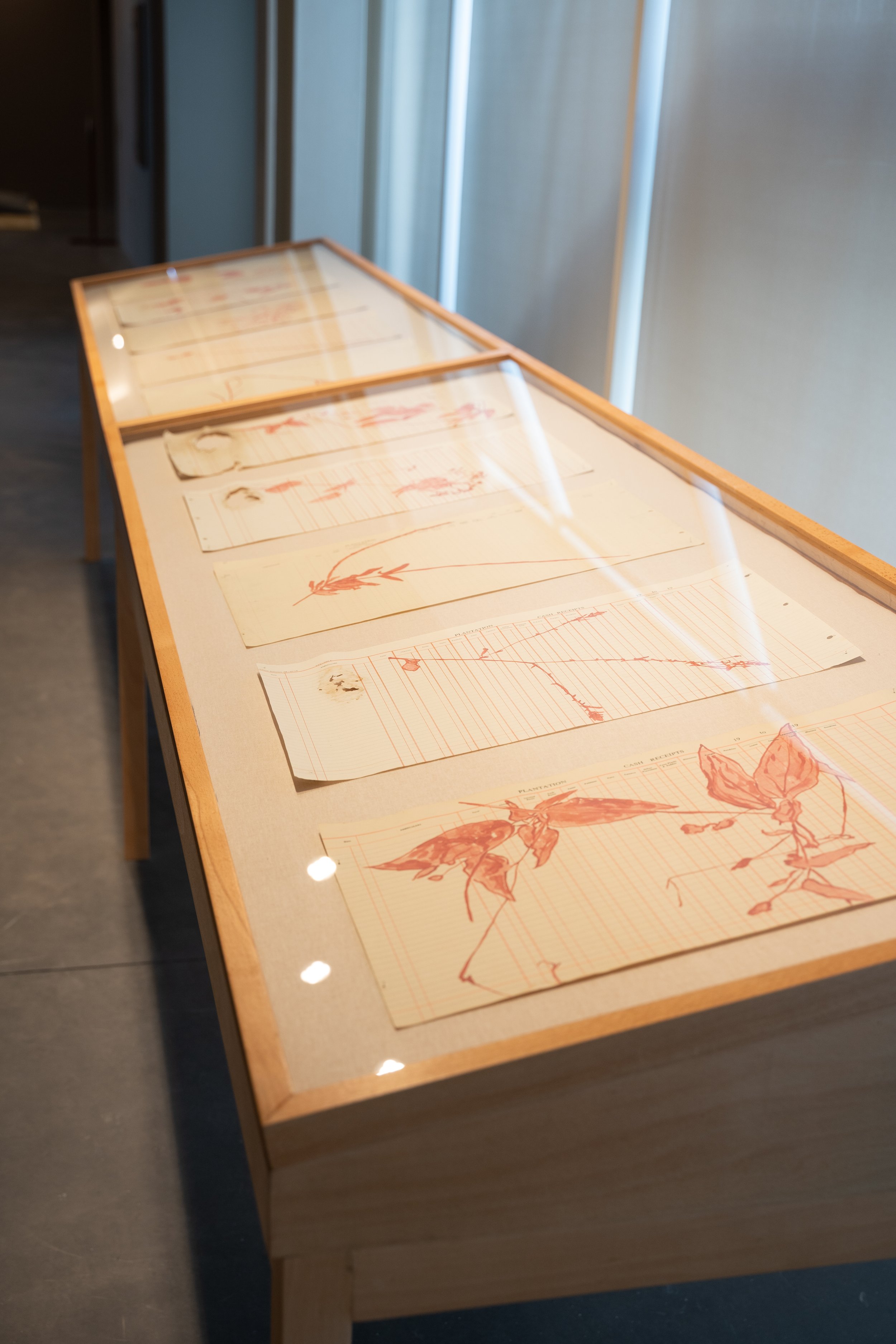
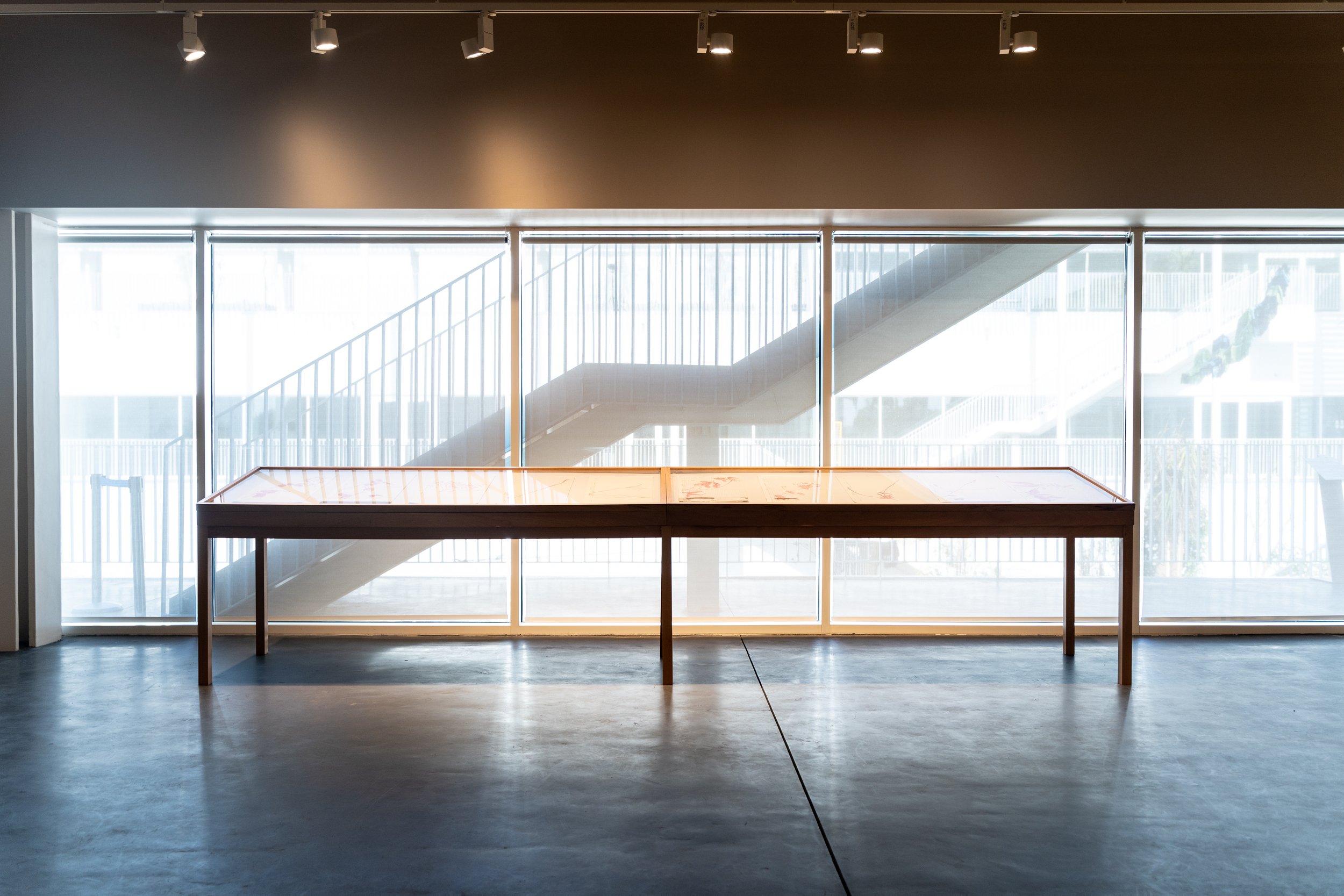
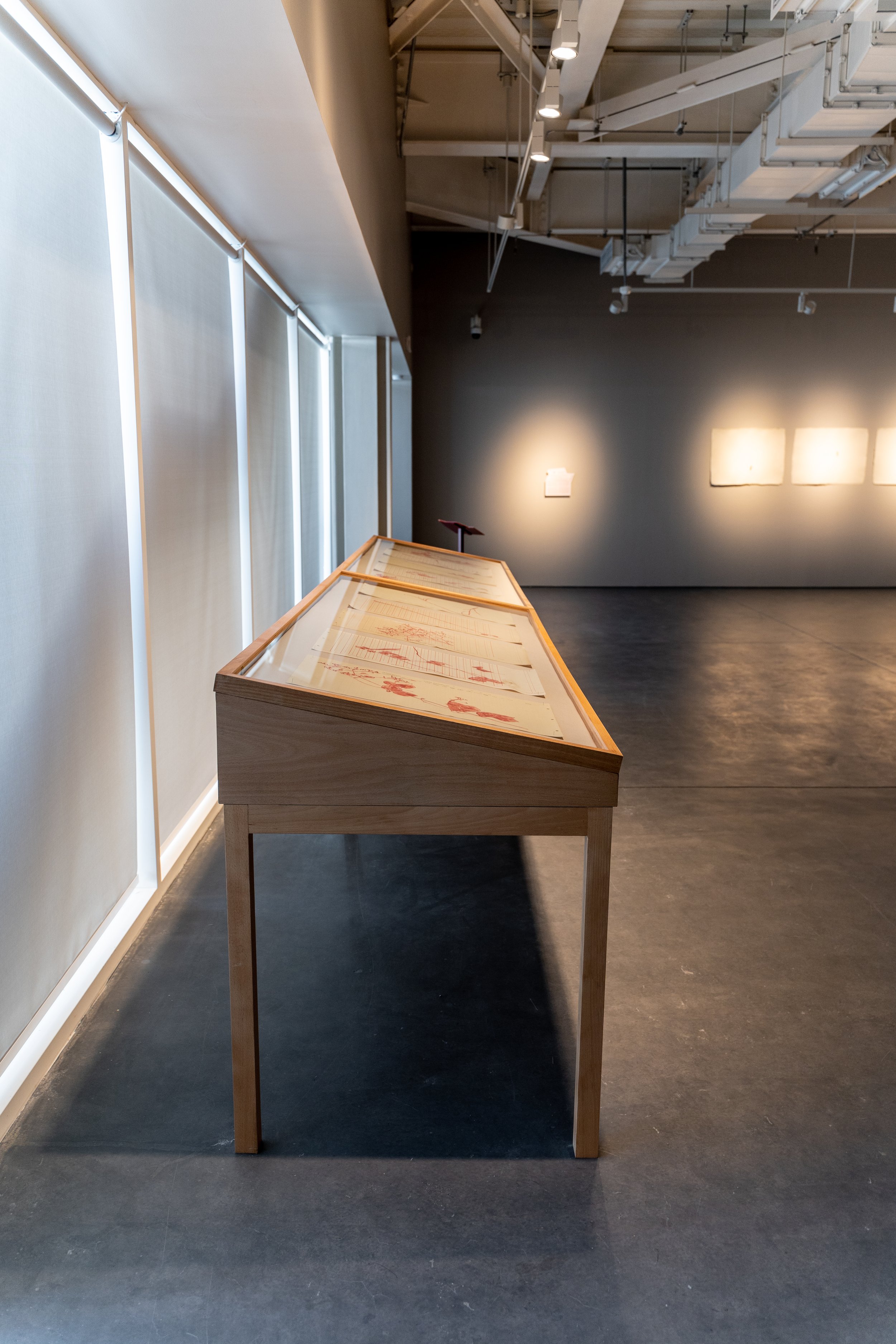
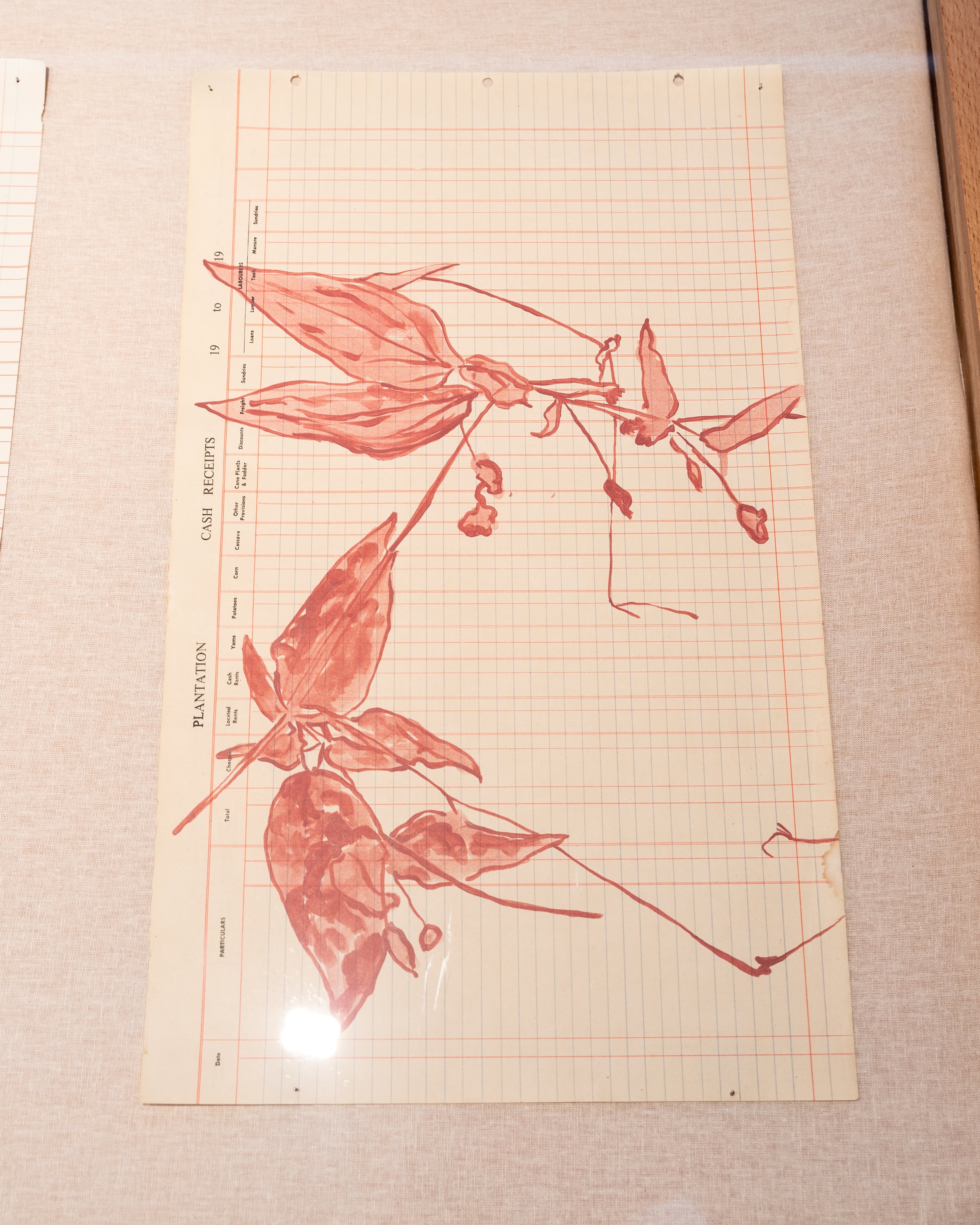
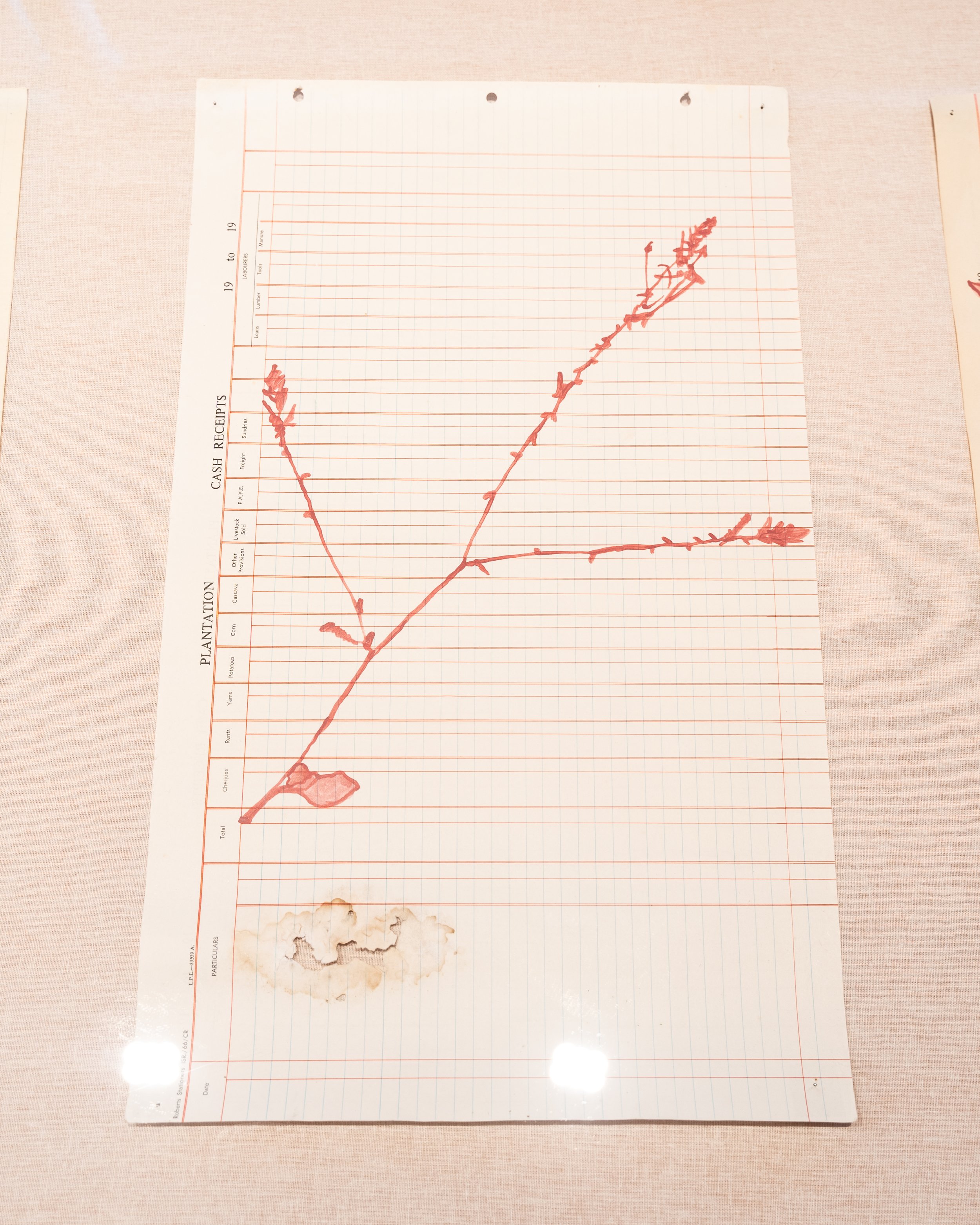
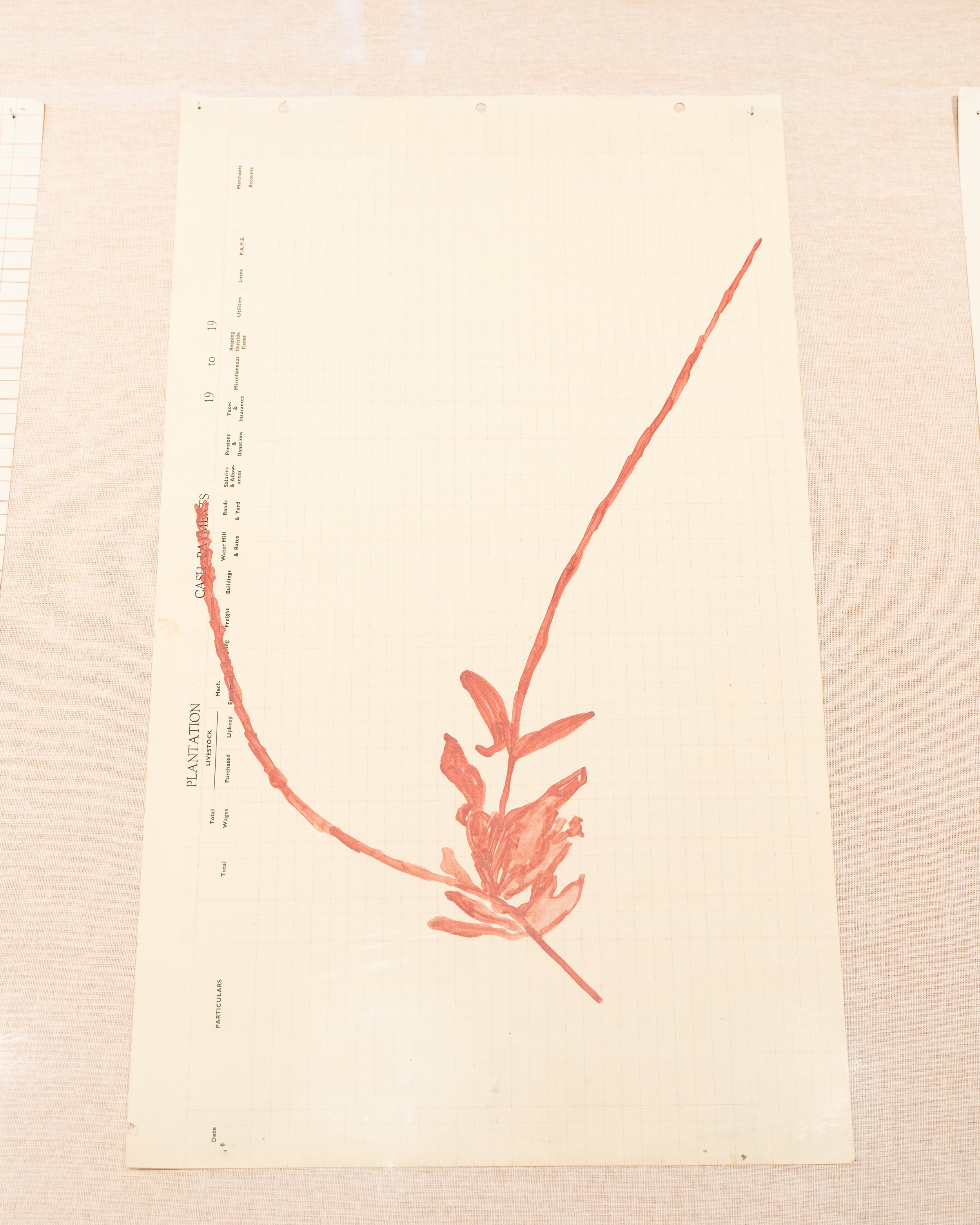
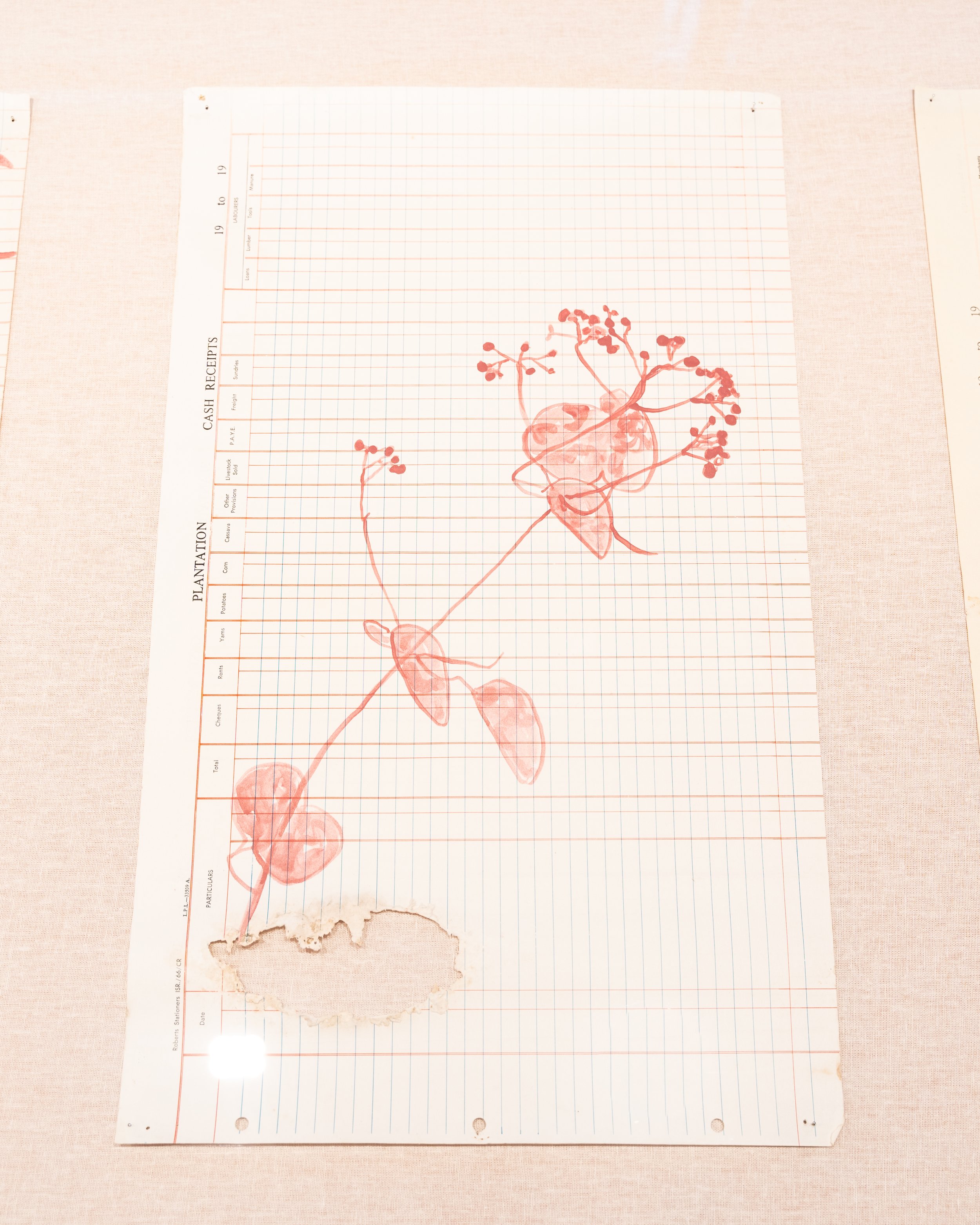
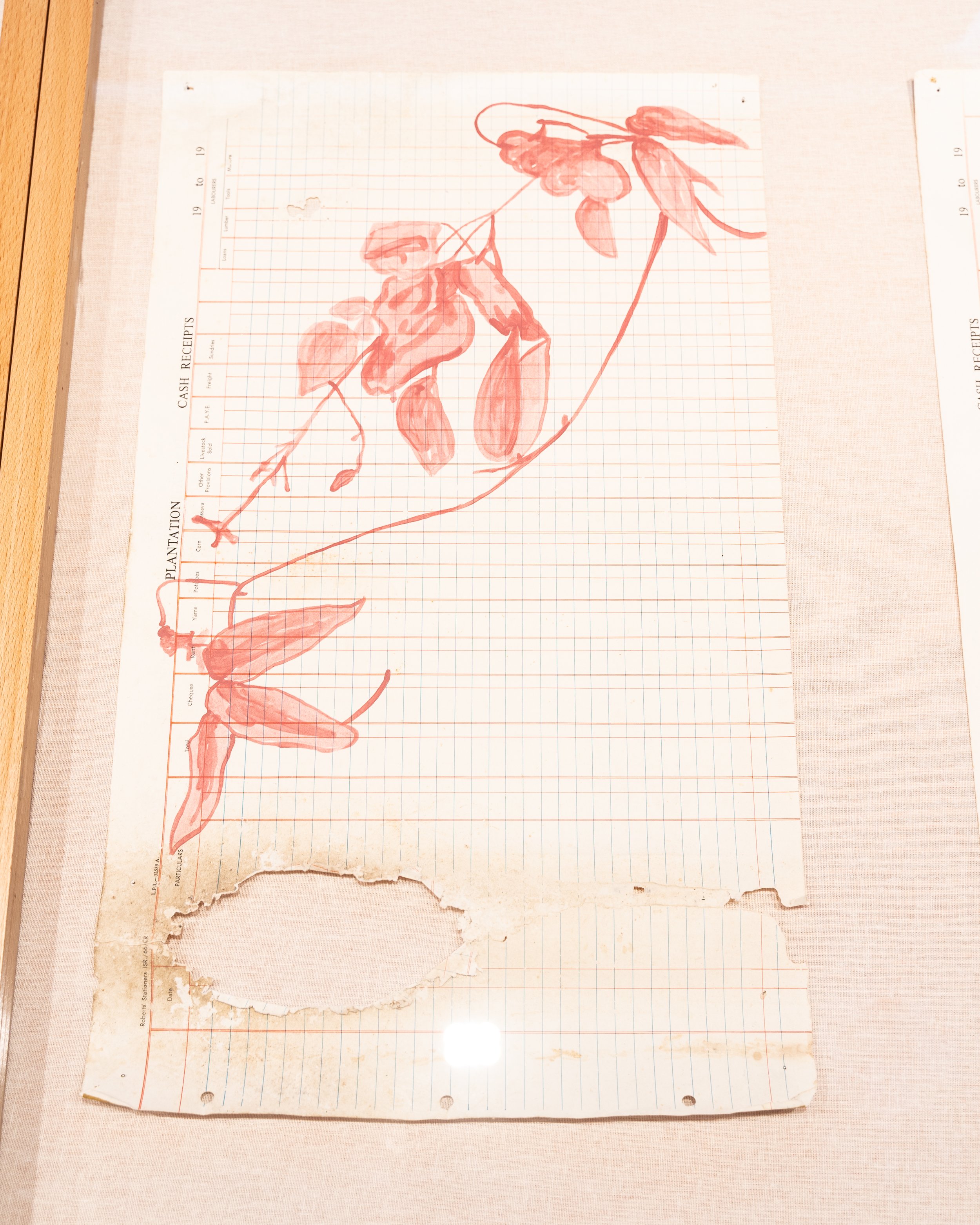
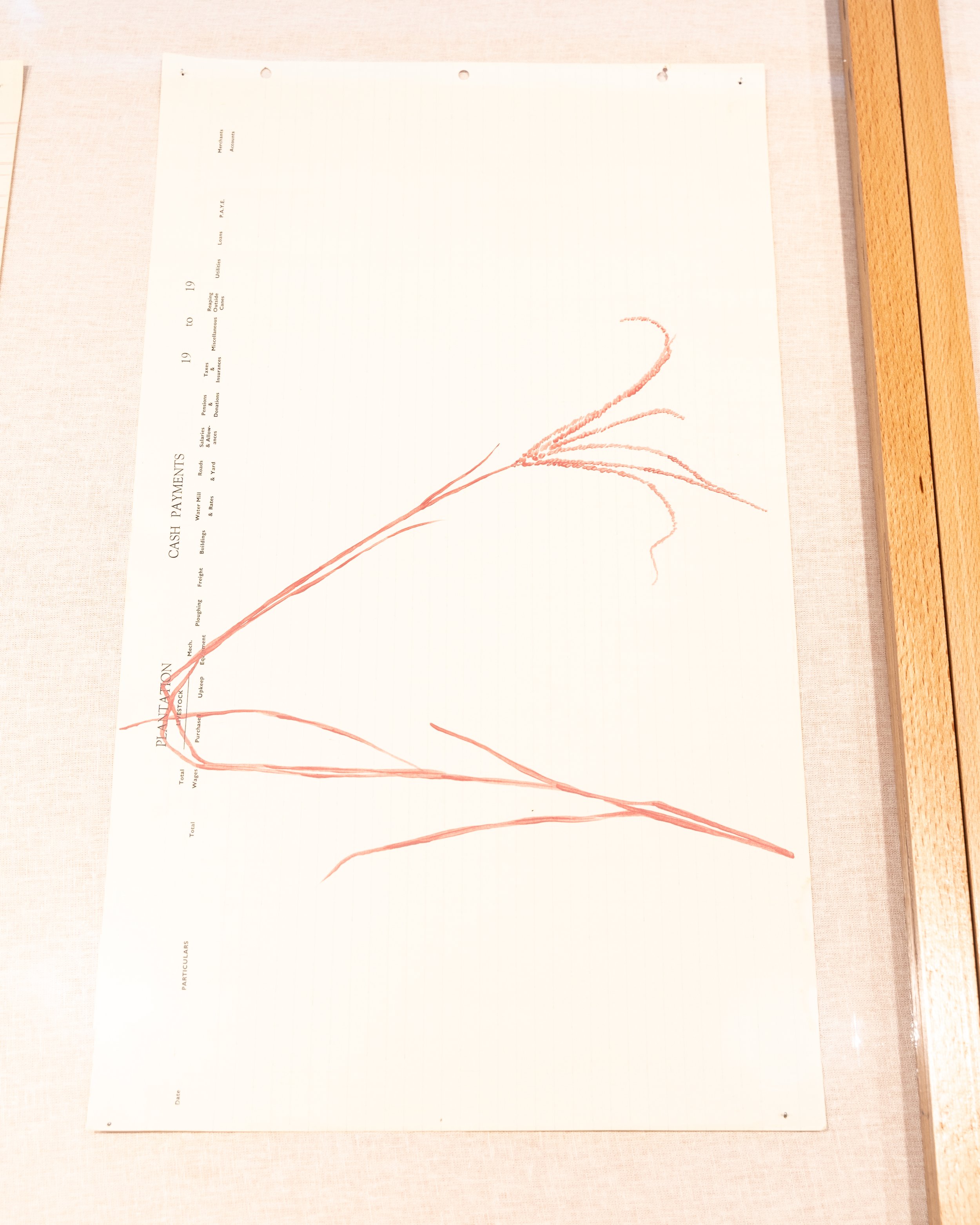
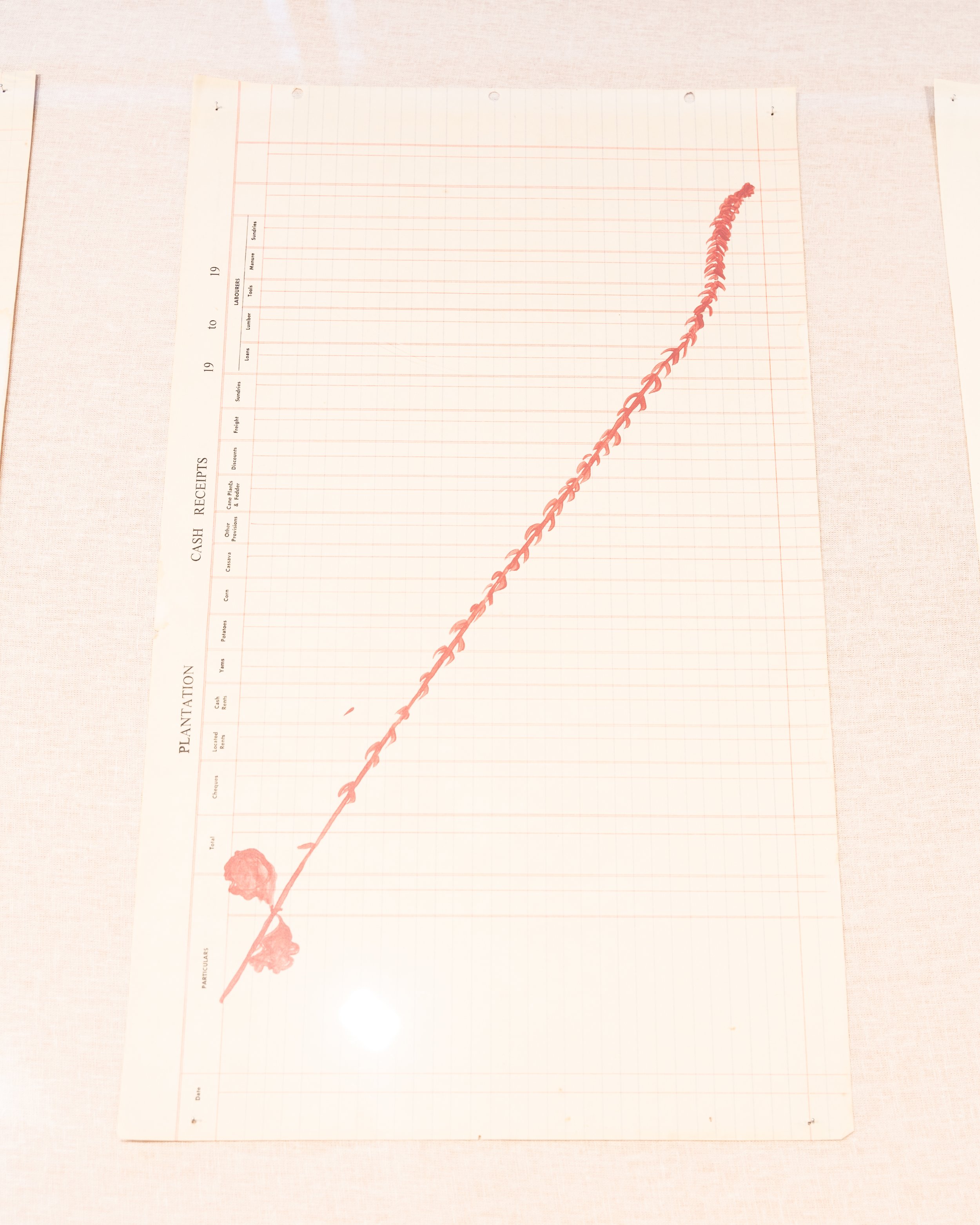
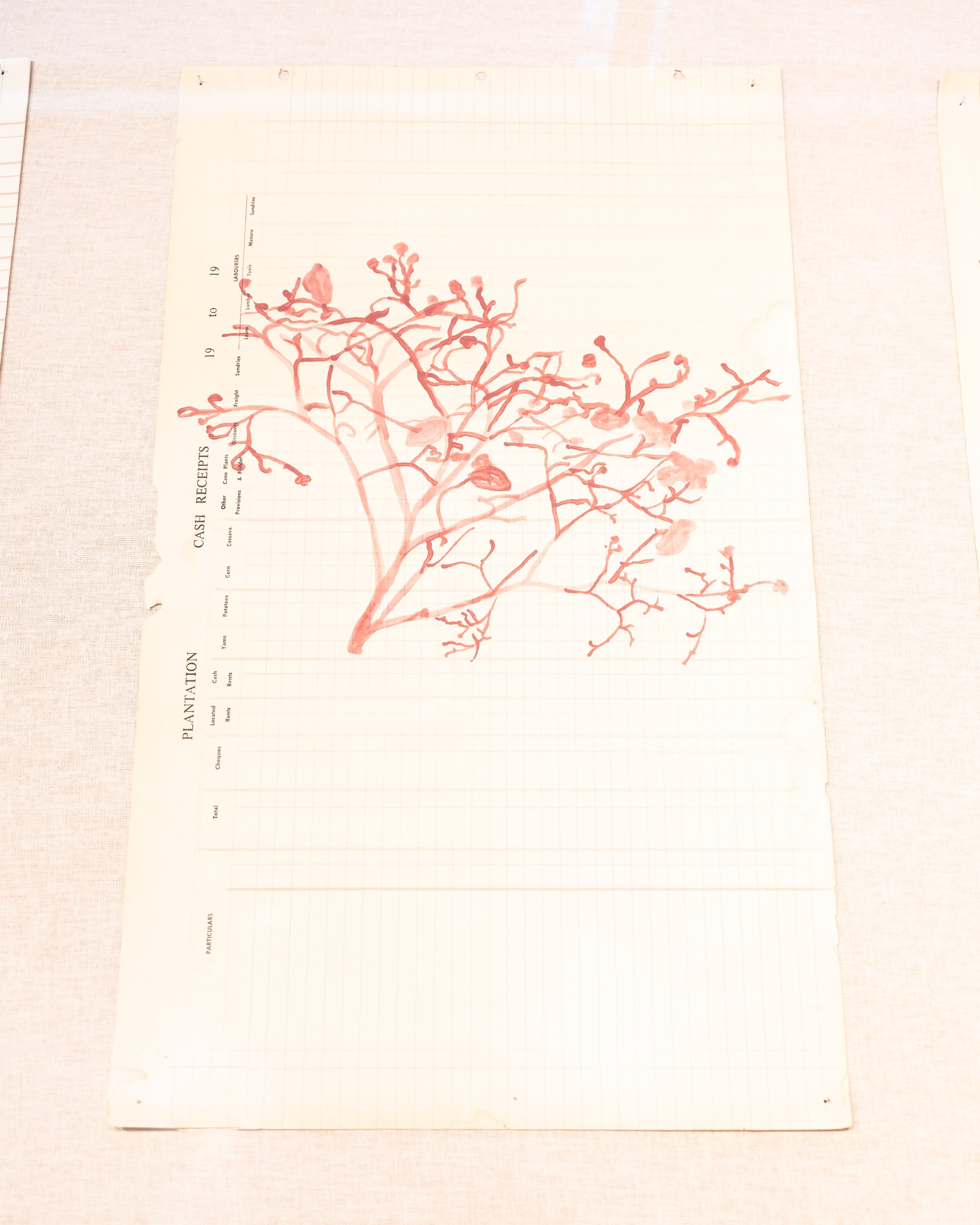
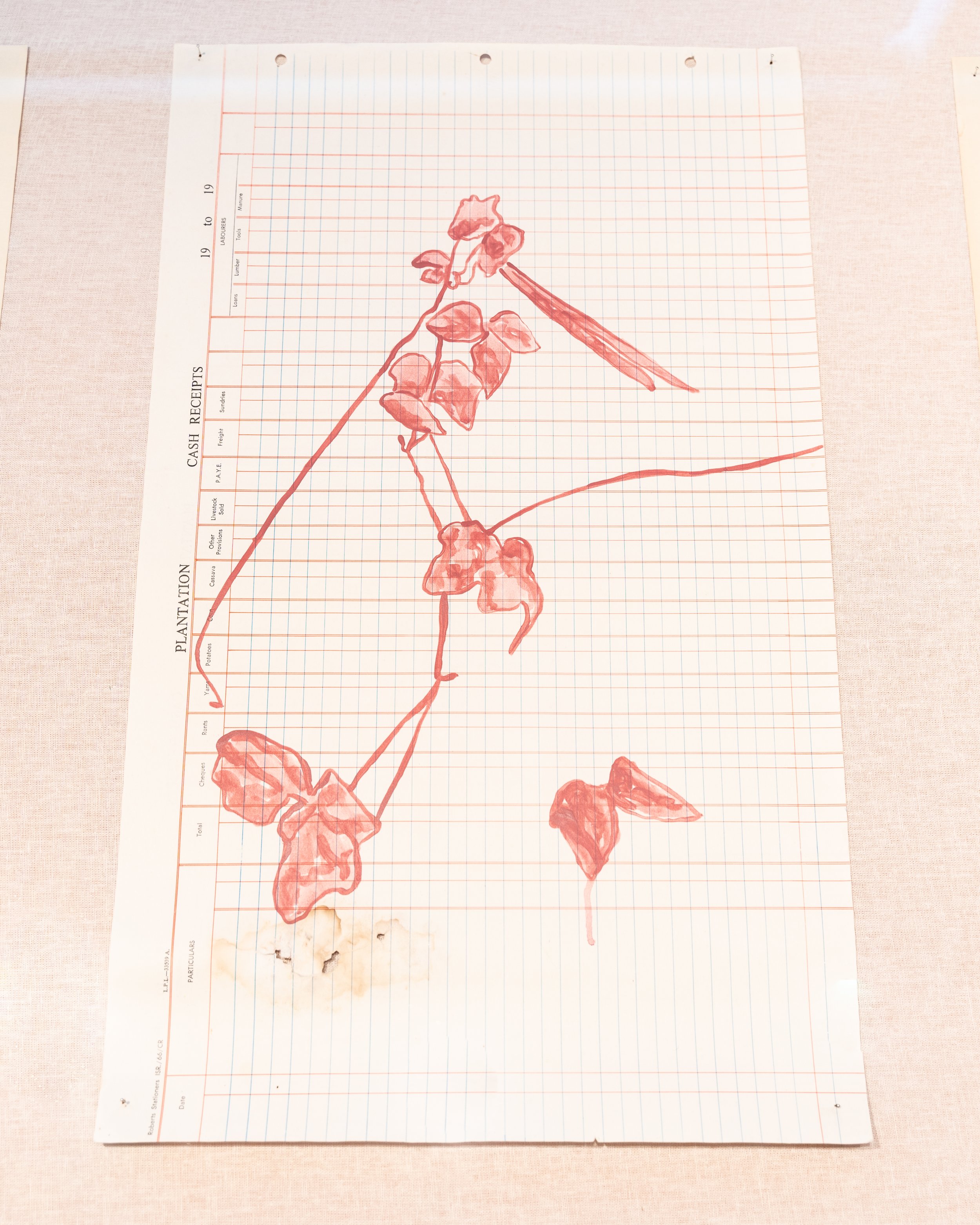
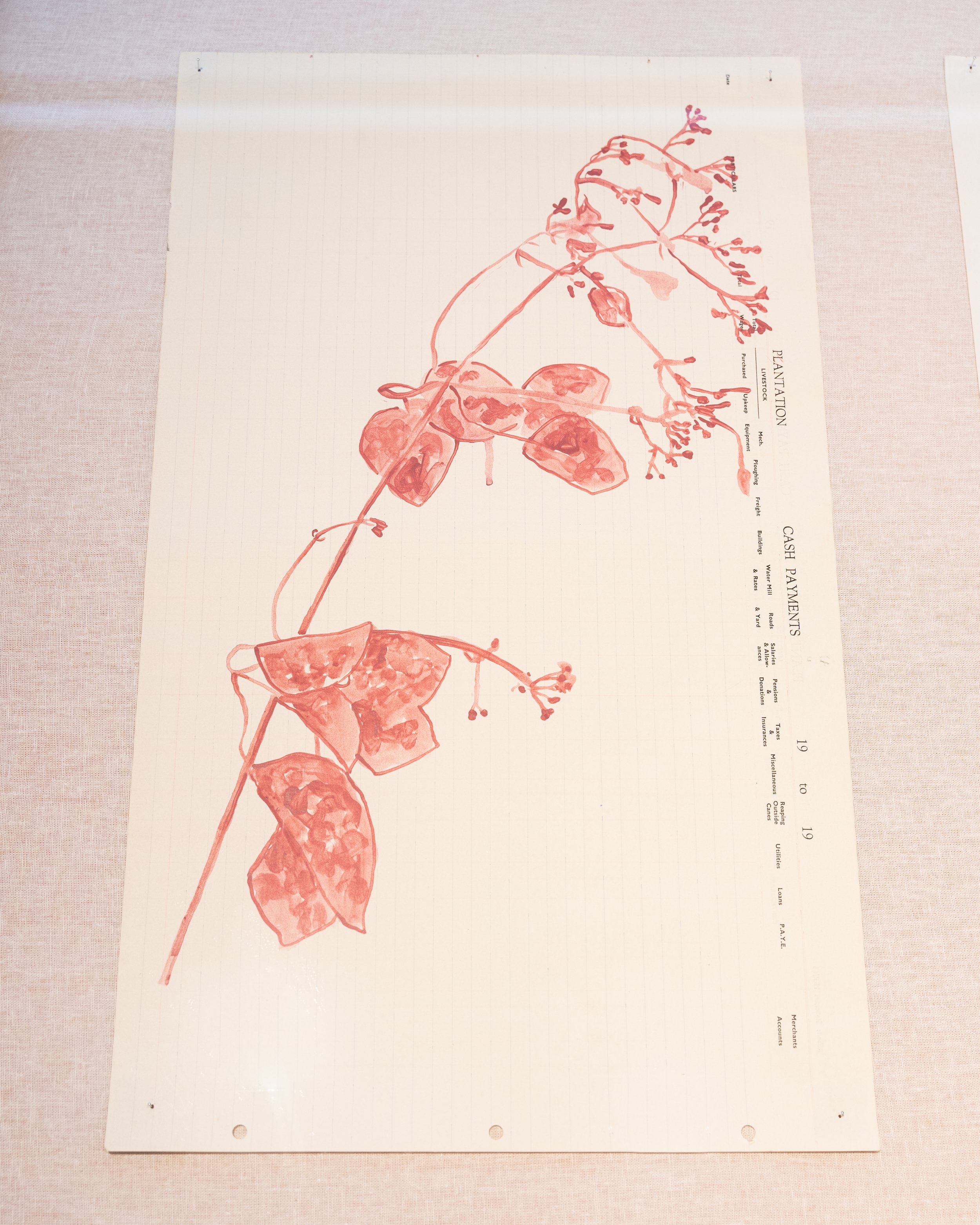
Wild Plant Series (2014), installation view, Hayy Jameel, Jeddah for the exhibition 'Staple: What's on your plate?', 2021-2022.
Group exhibition
Art Jameel & Delfina Foundation, Jeddah, Saudi Arabia
—
6 December 2021 -
30 April, 2022
Curated by Rahul Gudipudi and Danielle Burrows
Press
TBD
"Staple: What’s on your plate?” is one of the opening exhibitions for the inauguration of Haay Jameel, the new community arts centre opened in Jeddah by the Art Jameel Foundation. This show was produced in collaboration with the Delfina Foundation, based in London.
“The launch of Hayy Jameel marks three-quarters of a century of Jameel family global philanthropy and comes to fruition in line with a new era for culture and the arts across the Kingdom. The name of the 17,000-square-metre creative complex is derived from an Arabic word for neighbourhood, to denote its intent as an accessible, communal and collaborative space. Hayy Jameel reflects Art Jameel’s commitment to supporting artists, creative communities and entrepreneurship in Saudi Arabia and beyond.”
I came across these wild plants while walking in former sugar cane fields and have come to think of them as active agents in the process of decolonising the fields, performing a quiet revolution in the soil by asserting themselves against imperial monocultural agricultural practices.
This series speaks to the regenerative agency of wild botanicals in former sugar cane fields. Their presence contributes to increased biodiversity against a centuries-long history of mono-crop farming in the colonial project and reminds us of their use in bush teas, medicines, and baths within enslaved society.
“This group exhibition investigates what we eat and the entanglement of food with memory, ecology and place, and considers our relationship with food as a starting point to explore a larger landscape of climate emergency.
Everyone eats. Food can unite, delight or disgust. ‘Staple: What’s on your plate?’ invites you to explore some of the hidden stories of the food we consume everyday. The idea of a “staple” is infused in the ingredients that make up the works in the exhibition, including water, dates, rice, honey, sugar and chocolate, as well as in the essential elements inherent to cultivation and consumption of these items, such as labour, care, heritage, religion, migration, ecology and tradition.
“Staple: What’s on your plate?” is a vital question to ask today. The greatest impact humans have on our planet is through what we eat, and the urgent work of addressing the climate emergency relates directly to our diets. This exhibition shares some of the stories about where our food is coming from and why, and the social frameworks rooted in these relationships. We hope it is a way to think about the changes that need to be made to protect ours and the planet’s future.
The exhibition features a diverse group of international and Gulf-based artists working across various media, who together explore questions underlying what we eat, the histories entangled within, and the significant traces of our everyday choices. Together with an extended public programme that includes talks, performances, workshops, cooking sessions, tours, dinners and screenings, ‘Staple’ will host more than 30 artists, researchers, chefs, producers, performers, filmmakers and creative practitioners.
Participating artists include Leen Ajlan, Moza Almatrooshi, Bricklab x Misht Studio, CATPC (Cercle d’Art des Travailleurs de Plantation Congolaise), Cooking Sections, Annalee Davis, Mohammad Al Faraj, Asunción Molinos Gordo, Mariam Al Noaimi, Pratchaya Phinthong, Sancintya Mohini Simpson, Fatima Uzdenova, Munem Wasif and Lantian Xie with films by Jonathas de Andrade, Florence Lazar, Franziska Pierwoss, Salma Serry, Suha Shoman, Slavs and Tatars, Ute Wassermann, Zina Saro Wiwa, Lantian Xie and Raed Yassin.”
(Text extract from Haay Jameel’s exhibition page)
Story images from Haay Jameel’s Instagram
